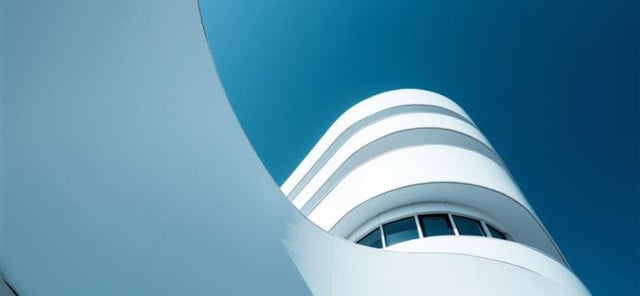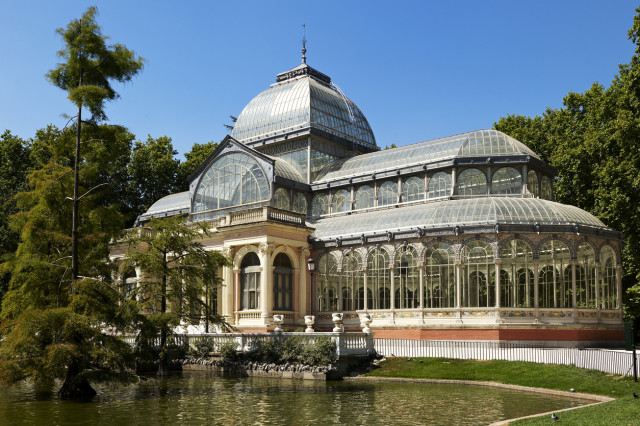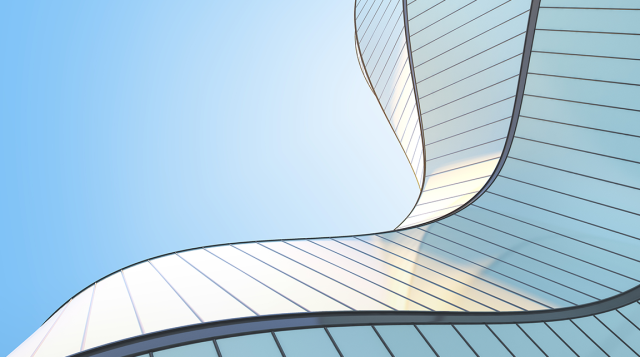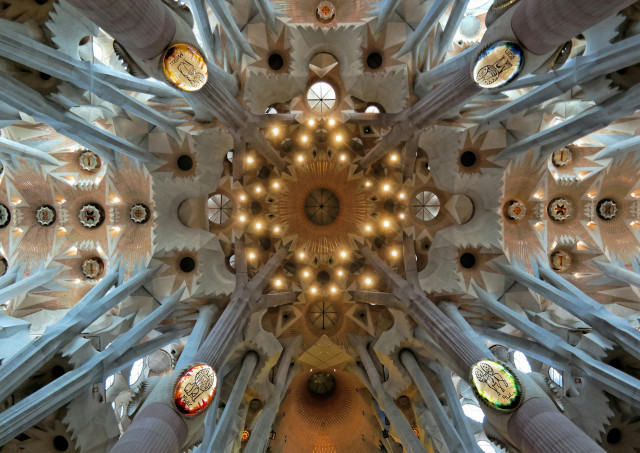Published in Market trends
Why historic properties in Spain are becoming the most sought after real estate investment
Demand for historic properties is soaring, driven by interest in unique assets with long-term value, mixed-use potential, and strong appreciation upside.
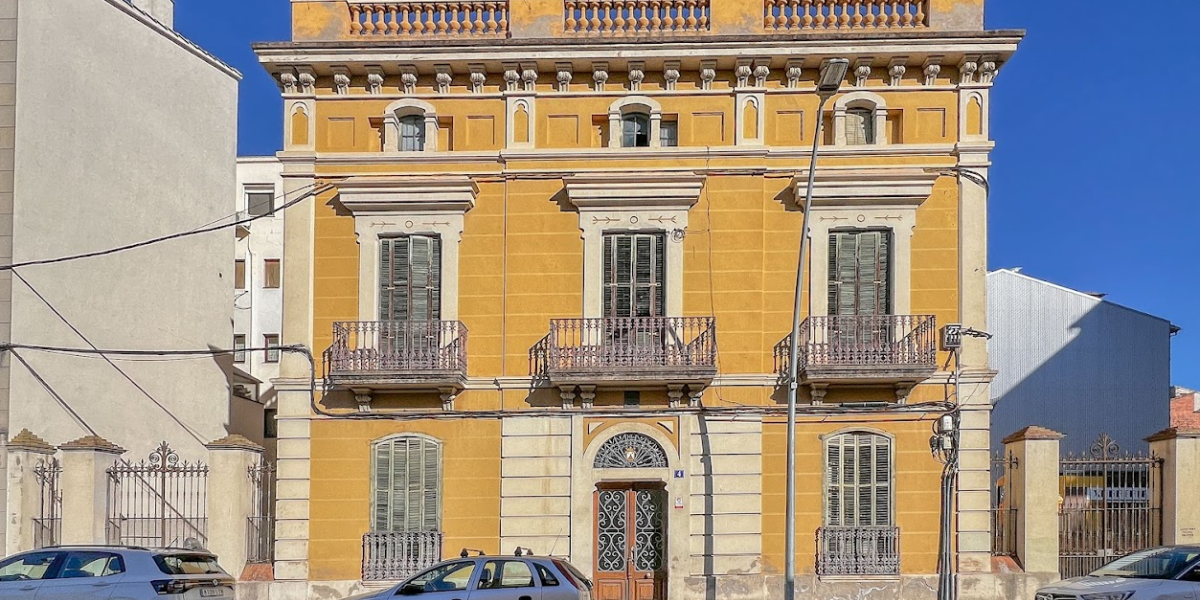
- Blog
- Articles
- Market trends
- Why historic properties in Spain are...
Interest in historic properties has seen a sharp increase in recent years, driven by a combination of economic, social, and cultural factors. Far from being a passing trend, this growing demand reflects a structural shift in the motivations of high-net-worth buyers.
Since the pandemic, the perception of real estate has increasingly shifted beyond purely financial considerations, with buyers placing greater emphasis on personal and emotional value. In this context, properties with architectural or historical significance—such as country estates, manor houses, or heritage buildings—have gained growing prominence in both residential and investment markets.
A shift in buyer profiles
Today’s investor is not only seeking returns; they also value authenticity, connection to nature, privacy, and the ability to enjoy a superior quality of life. This shift in priorities has reignited interest in one-of-a-kind properties, many located in rural or semi-rural areas with good access to key infrastructure and services.
In addition, these types of assets offer hybrid potential—residential, tourism, or mixed use—making them appealing to a wide variety of profiles: from families seeking a second home to institutional investors looking for high-yield opportunities.
Restoration as a path to appreciation
One of the key drivers of growth in this segment is the ability to significantly increase the value of a historic property through restoration. While renovation costs can be high—especially after recent increases in construction material prices—the potential returns often justify the upfront investment.
In prime areas with consolidated demand, a well-executed restoration that respects the property’s historical character can yield a value increase of 30% to 40%. In emerging areas, returns can be even higher, particularly where the purchase price is low and the asset can be repositioned in the market post-renovation.
A versatile asset for private and institutional investors
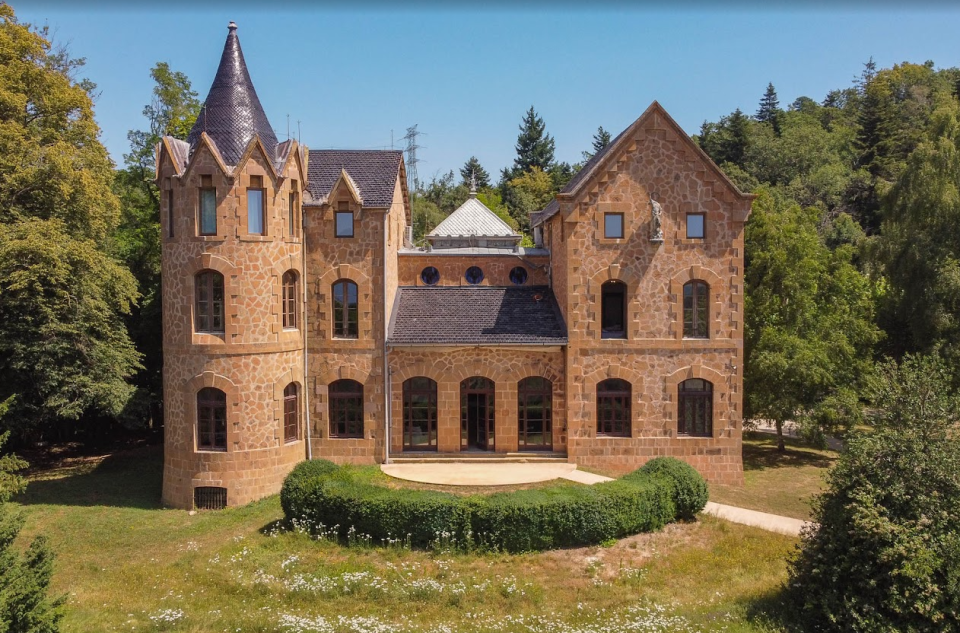
While these properties have traditionally appealed to private buyers with an appreciation for heritage, institutional investors are increasingly including historic assets in their portfolios. Several factors explain this trend:
Tourism Potential: Many properties are suitable for boutique hotels, event venues, or high-end rural tourism projects.
Value Stability: These are considered safe-haven assets, less exposed to market volatility than other real estate segments.
International Demand: Their uniqueness and architectural value attract high-net-worth international buyers.
Additionally, the rise of remote work and decentralised living has expanded the geographical range of interest, beyond major cities and into the countryside.
Conclusion
The resurgence of historic properties is not a temporary phenomenon—it represents a long-term evolution in the premium real estate market. These assets combine cultural value, financial upside, and lifestyle appeal, making them one of the most solid investment alternatives for the years ahead.
Investing in heritage is not just a financial decision—it’s a commitment to sustainability, legacy, and uniqueness. In a market where more and more buyers are seeking meaningful, character-rich assets, historic properties are firmly back in the spotlight.


